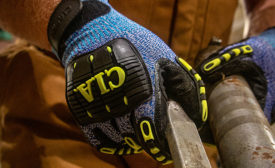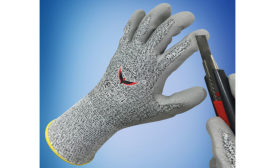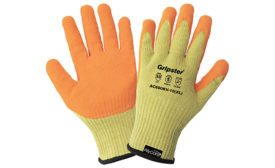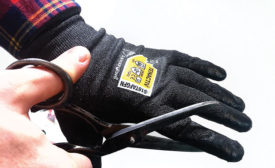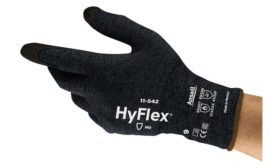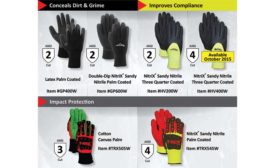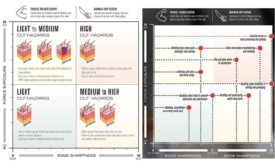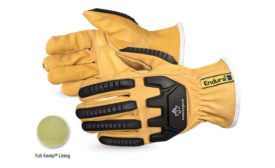Home » Keywords: » cut-resistant gloves
Items Tagged with 'cut-resistant gloves'
ARTICLES
Ansell raises the bar in hand and body protection with six new glove types AT A+A Düsseldorf
Ansell’s new glove types for optimal hand and body protection
October 19, 2017
Never miss the latest news and trends driving the safety industry
eNewsletter | Website | eMagazine
JOIN TODAYCopyright ©2024. All Rights Reserved BNP Media.
Design, CMS, Hosting & Web Development :: ePublishing

